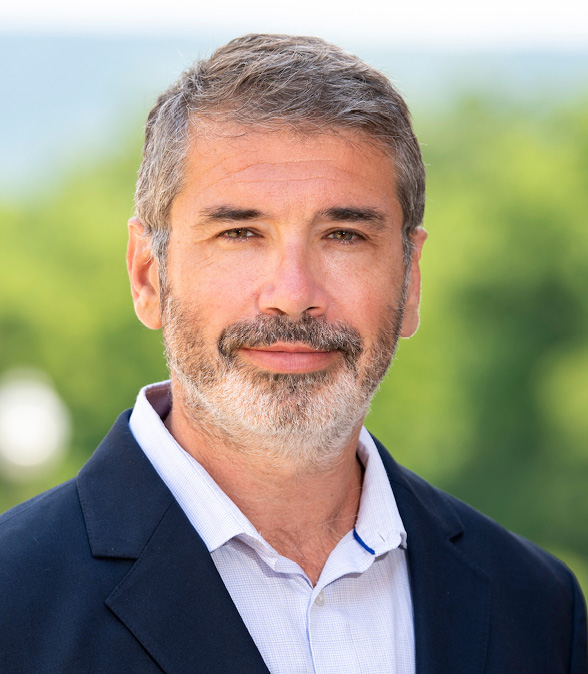

PAYING THE PRICE
Professor Matías Vernengo, economics, first became aware of inflation as a child in Argentina. During the 1980s and ’90s, the inflation rate in his native country soared to more than 1,000%. As a teen, he read a book that opened his eyes to the symbiotic relationship between developed and underdeveloped countries: One prospers at the sacrifice of the other. It sparked his interest in economics. Today, he is a macroeconomist with a special interest in developing countries and the history of economic ideas. Here, he shares insights on the disruptions impacting the global economy.
Q: What is the root cause of today’s high inflation rate?
Q: What impact did the U.S. government’s actions have?
Q: Who was correct?
The war in Ukraine is also an important factor. Ukraine is a major agricultural exporter, so the conflict has caused increased prices for wheat and other foods, and has also pushed up the cost of oil and gas.
Second, while it is true that personal consumption has recovered, the question is whether companies can increase production to provide for the additional demand. So far, they haven’t. In fact, investment in production is below pre-pandemic levels.
So it wasn’t the government or corporations that caused inflation. Bad luck is closer to the truth.
Q: Can anything be done to resolve those issues?
Inflation is fundamentally about wealth inequality between social groups. The poor always suffer the most.
Fortunately, I do not think inflation will reach 14% as it did during the Great Inflation of the 1970s. The labor force is less unionized, which means the demands for higher wages will be weaker. Also, the price of oil and natural gas has dropped significantly.